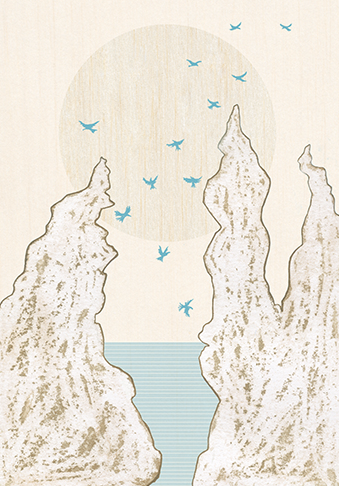Remaking the City: Archaeological Projects of Political Import in Jerusalem's Old City and in the Village of Silwan
Keywords:
Middle East, Archaeology, Politics and religion, Politics and Islam, Politics and Judaism, Jerusalem, Israel, Palestine, Arab-Israeli conflict, Group identity, Ethnic conflict, Social conflict, Culture conflict, Religions -- RelationsAbstract
Since the mid-90s, archaeology has been a powerful tool for changing landscape and narrative in the Old City of Jerusalem and the village of Silwan – the "Historic Basin of Jerusalem". As archaeological excavations relate directly to the appropriation of land and the interpretation of the past, they are intimately tied to the Israeli-Palestinian political conflict in Jerusalem.Archaeological excavations are tied to the political conflict in Jerusalem from two distinct aspects: one is the appropriation of land to be excavated, which can be interpreted as a means of control over a certain place or area. The second is the focus on the past, which can be seen as an instrument for appropriating the past to one particular group and its narrative.Located at the northern entrance to the Palestinian village of Silwan and just a few dozen meters from the Old City Walls and the Noble Sanctuary/Temple Mount, the Givati Parking Lot archaeological site is the future location of a tourist center known as the "Kedem Center”. The complex is expected to be joined with the "City of David" archaeological park and the Western Wall plaza via existing underground spaces and tunnels that will be dug out between them. If the current plans are carried out, the building will have a significant impact on the landscape between the Old City and Silwan, and on the way in which this area is perceived.In the area of the Old City and the village of Silwan are a number of ancient underground complexes that have been studied during the course of the 19th and 20th centuries. In recent years, new excavations have exposed these complexes and opened them for the public. The underground trails allow visitors to avoid the need to confront the present (mainly Palestinian Muslim) reality of Jerusalem. Instead, they create a visiting experience in a parallel, imagined, Jerusalem: the city of the Kingdom of Judah and the Second Temple period. In the Israeli narrative these are the most meaningful periods for the formation of Israeli identity and the connection of the Jewish people to the land.
Section
Reflections
Published
2014-12-08
How to Cite
Veeder, A., & Mizrachi, Y. (2014). Remaking the City: Archaeological Projects of Political Import in Jerusalem’s Old City and in the Village of Silwan. Approaching Religion, 4(2), 141–7. https://doi.org/10.30664/ar.67557
Copyright (c) 2014 Anna Veeder, Yonathan Mizrachi

This work is licensed under a Creative Commons Attribution-NonCommercial-NoDerivatives 4.0 International License.









